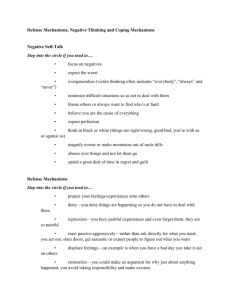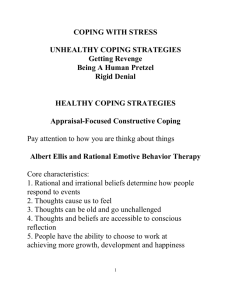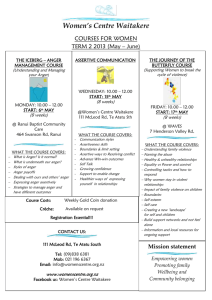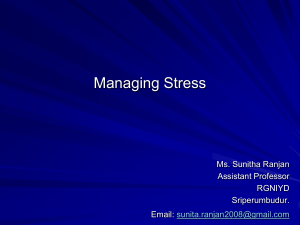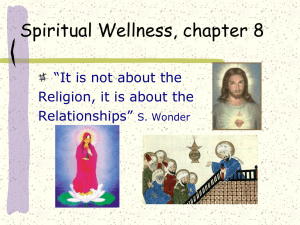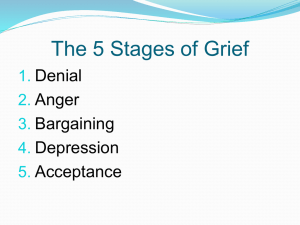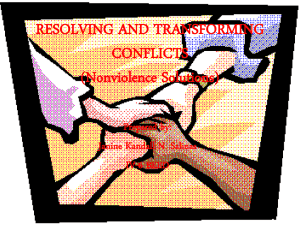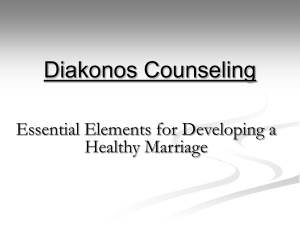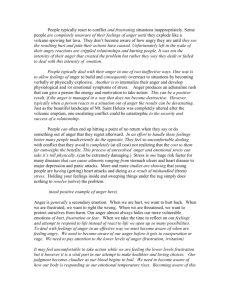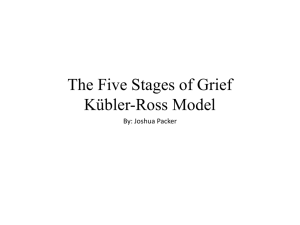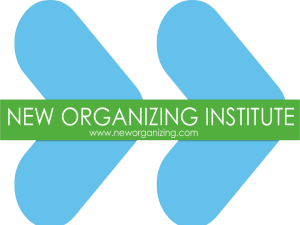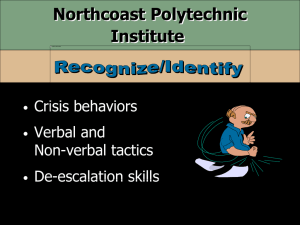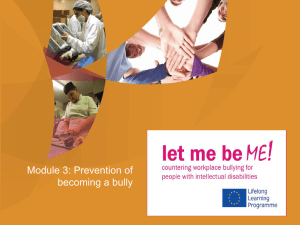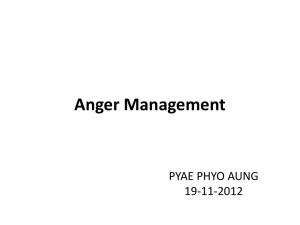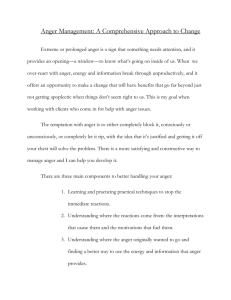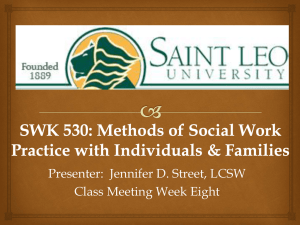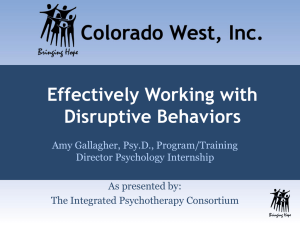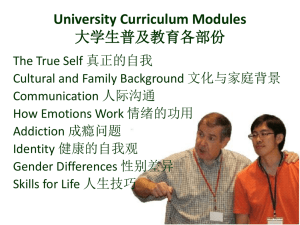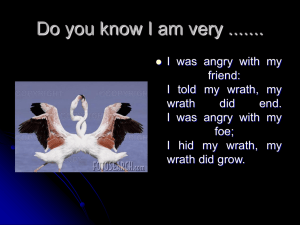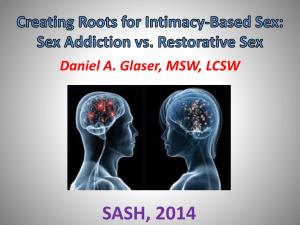Lynn E. Geiger, PhD powerpoint for Clinical Breakout
advertisement
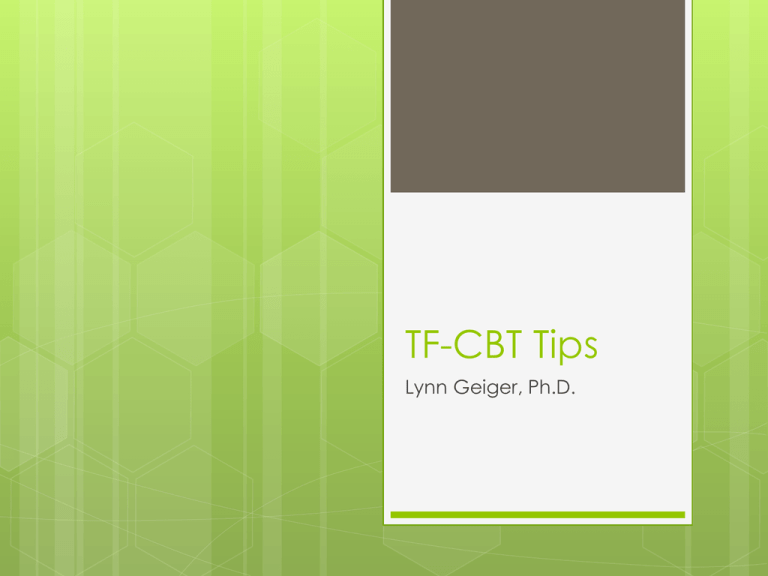
TF-CBT Tips Lynn Geiger, Ph.D. The Cognitive Triangle We are one whole body made of thoughts, feelings, & behavior Usually our thoughts, feelings, & behavior match Usually they are connected or related to one another Let’s Try an Experiment Think of a time you really enjoyed yourself How do you feel? How do you act? How do you behave? What were you thinking? Remembering it now what are your thoughts? Let’s try another: Describe a time you felt really great. Describe a time that was really unpleasant for you. (Not the trauma) How do you feel, act/behave, what are your thoughts See how these are related/connected with each other Coping When faced with unpleasant times, what are thoughts & actions that can help us? Positive self-talk Breathing Reward yourself I Can Do It. I’m Brave. Coping cont’d Rewards from others Remember other times of success, courage, bravery Imagine a cartoon character who is good at coping Oh Yes! Oh No A 4 yr. old girl who had been sexually abused by Mom’s boyfriend He came to live with us He yelled and was mean He gave me a present He touched me in my vagina I told Mommy & he left us I still had bad dreams I came to see you & feel better Oh Yes! Oh No! Oh Yes! Oh No! Oh Yes! Oh No! Oh Yes! Oh Yes! Oh No A 7 yr. old boy emotionally + physically abused by step father Mom got married to him Oh Yes! He watched me when she Oh No! went to work He called me names + yelled Oh No! and was mean He took us shopping Oh Yes! I got nothing Oh No! Oh Yes! Oh No cont’d I cried with Mom & she was nice He hit me & threw me across the room I told Mom + she said I was Brave She made him leave I came to see you and I got over it Oh Yes! Oh No! Oh Yes! Oh Yes! Oh Yes! Attention Mix up Yes’ and No’s to decrease superstitious or symmetrical expectations. That if a positive event occurs it will be followed by a negative event. Anger Early on we understand anger as a scary, hurtful, threatening, unsafe feeling As adults we learn about constructive anger versus destructive anger So use metaphors, symbols for kids such as Dragons All dragons breathe fire. Generally, dragons want the fire to be safe/ to breathe the fire out safely. Dragons If you were a dragon what would you do? Where could you go if you feel angry? What can you o to get the anger (fire) out? What’s safe for you to show anger – not to hurt others when angry? Dragons cont’d Just like when the dragon can feel their fire starting to get too hot, can you feel the anger in you starting to build? Turn and breathe our fire out over the “lake” Connection between breathing for anger management and breathing for relaxing Anger - Volcano Anger – Volcano Also can be used as example of safe expression of anger Volcanoes erupt, that’s just what they do sometimes Kids can draw pictures of what’s erupting from their volcano Volcanoes don’t want to hurt villagers so they warn them to keep them safe Anger - Volcano One warning sign from a volcano is steam What warning signals do you get that you’re going to explode? Barnyard Friends Sometimes a longer relaxation time is needed so I use a guided visualization Imagine we are taking a trip to a farm: If you see it, you can put it away Resiliency Training Crisis Care Network – crisiscare.com “Hope is Alive” Positive Adaption to Trauma Accept the unexpected Believe in your child’s strength Believe in YOUR strengths Assume recovery Seek transformational coping Believe in You
